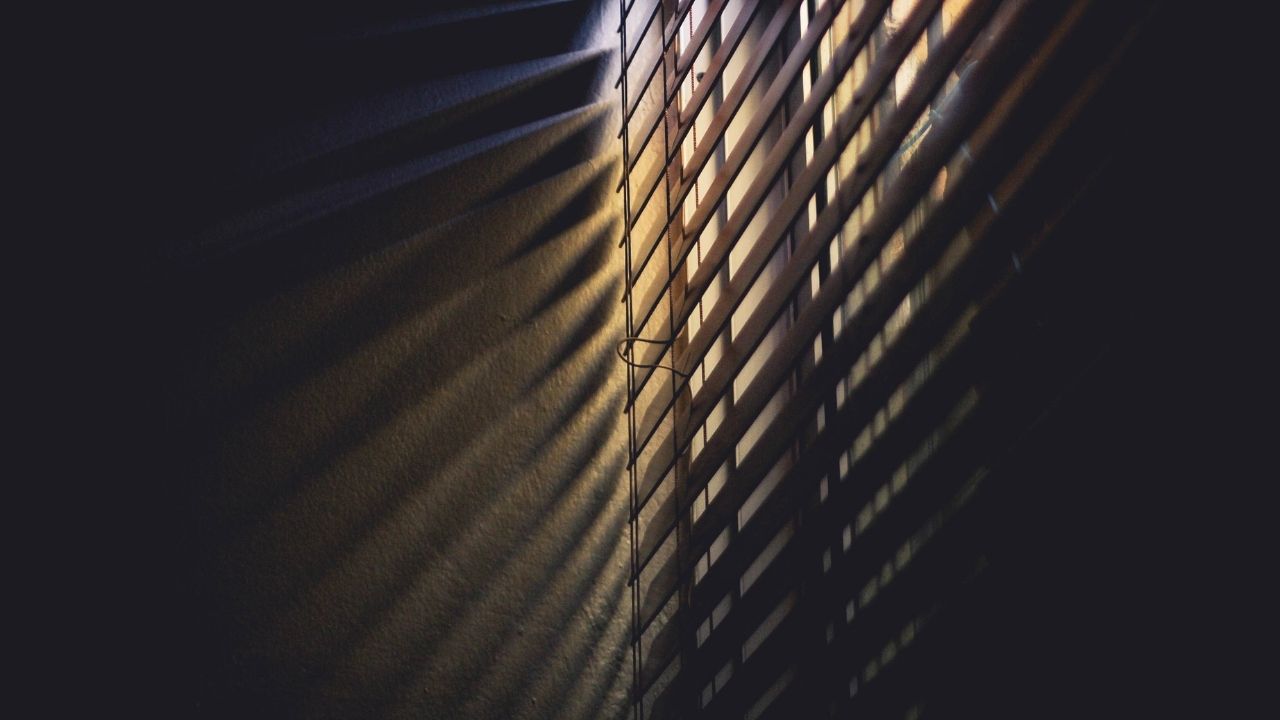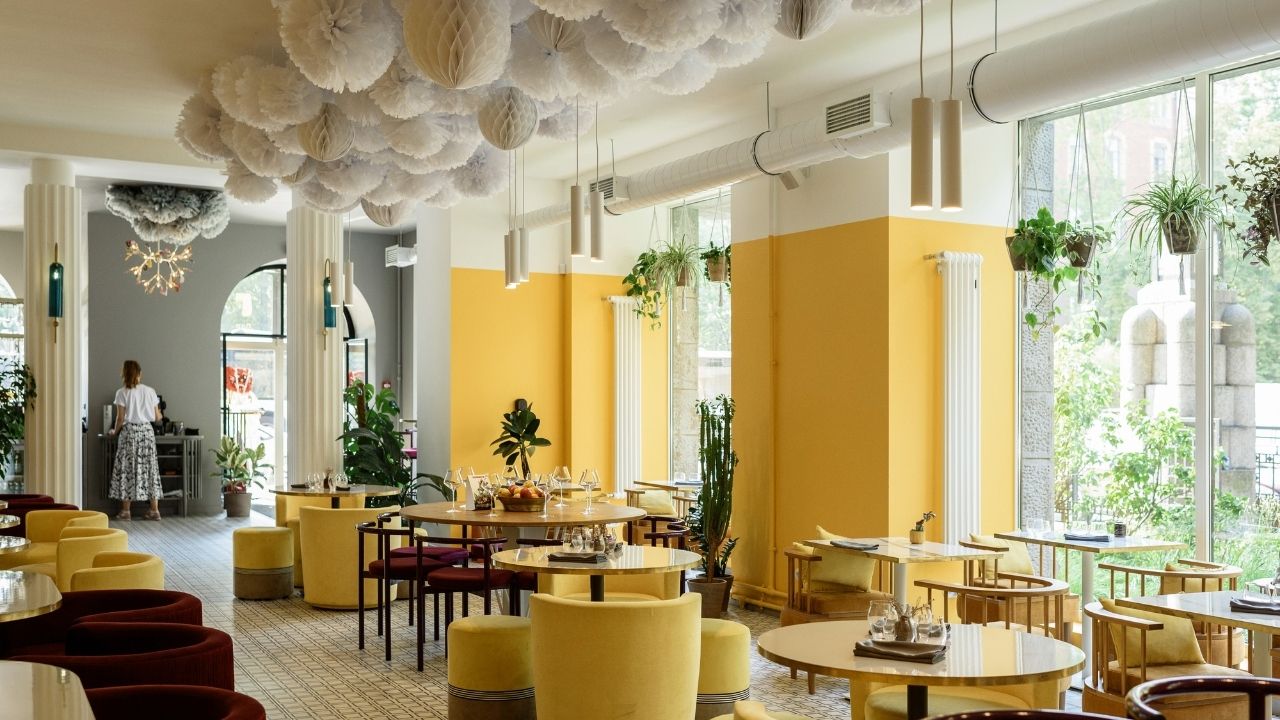
Did you know that the arrangement of landscaping and outdoor features can significantly impact the natural lighting within your home? From the strategic positioning of trees to the use of garden structures and hardscaping materials, there are various ways in which your outdoor environment can influence the light that filters into your living spaces. By understanding these dynamics, you can create a harmonious balance between the outdoors and indoors, ultimately enhancing the ambiance and functionality of your home.
Importance of Tree Placement
When positioning trees for ideal indoor lighting, consider their impact on both natural illumination and energy efficiency.
Trees strategically placed near windows can provide shade during hot months, reducing the need for excessive air conditioning. Deciduous trees are excellent choices, as they provide shade in the summer while allowing sunlight to filter through in the winter when their leaves have fallen. This natural heating and cooling effect can significantly lower your energy bills throughout the year.
Moreover, the placement of trees can affect the quality of natural light entering your home.
Tall trees with dense foliage positioned on the south side of your house can help filter harsh sunlight, creating a more balanced and soothing indoor environment. Additionally, trees with light-colored bark or leaves can reflect more light into your living spaces, brightening up darker areas of your home.
Impact of Garden Structures
Garden structures, such as pergolas and trellises, play an essential role in enhancing the visual appeal and functionality of outdoor spaces. These structures not only add aesthetic value but also impact the natural lighting inside your house. By strategically placing pergolas with open slats, you can create beautiful patterns of light and shadow that dance across your indoor spaces throughout the day. Trellises covered in climbing plants act as natural filters, allowing dappled sunlight to enter your home, creating a cozy and inviting atmosphere.

Moreover, garden structures like arbors can frame specific views, directing natural light towards key areas of your house. When positioned thoughtfully, they can act as natural light guides, maximizing the illumination in your living spaces. Additionally, incorporating structures such as gazebos or outdoor shelters can provide shaded areas that prevent harsh sunlight from entering your home, maintaining a comfortable indoor environment.
Role of Hardscaping Materials
Enhancing the durability and aesthetic appeal of your outdoor space, hardscaping materials play an essential role in defining the landscape architecture. Here’s how they impact the natural lighting inside your house:
- Material Selection: Opting for light-colored hardscaping materials like light-toned concrete, limestone, or gravel can help reflect sunlight into your home, brightening up your indoor spaces naturally.
- Texture and Finish: The texture and finish of hardscaping materials can influence light diffusion. Rough surfaces tend to scatter light, creating a softer, more diffused illumination indoors.
- Placement and Orientation: Strategic placement of hardscaping elements such as stone walls or pavers can direct sunlight where you want it. By considering the sun’s path throughout the day, you can use hardscaping to optimize natural light entry into your home.
Utilizing Reflective Surfaces
To optimize natural lighting further, consider incorporating reflective surfaces strategically within your landscape design. Reflective surfaces such as shiny metallic accents, polished stones, or even light-colored pavers can help amplify sunlight deeper into your home, brightening up spaces that may otherwise be dim. These surfaces work by reflecting and redirecting sunlight, effectively maximizing the amount of natural light that enters your house.
When positioning reflective surfaces, think about the angle of the sun throughout the day to maximize the light reflection. Placing them near windows or in areas where sunlight is abundant can boost the overall brightness of your interiors. Additionally, incorporating water features like ponds or fountains can add a dynamic element to your landscape while also reflecting sunlight into your home.
Maximizing Sun Exposure
Consider strategically positioning plants and structures to maximize the exposure of sunlight throughout different areas of your home. By optimizing sun exposure, you can improve the natural lighting inside your living spaces and reduce the need for artificial sources during the day.
- Tree Placement: Planting deciduous trees strategically on the southern and western sides of your home can provide shade in the summer, reducing cooling costs, while allowing sunlight to filter through in the winter, helping to warm your home naturally.
- Reflective Surfaces: Incorporate light-colored surfaces like white gravel paths or light-colored walls near windows to reflect sunlight deeper into your rooms, brightening dimly lit areas.
- Outdoor Mirrors: Placing mirrors strategically in outdoor spaces can help redirect sunlight into darker corners of your home, increasing the overall natural light levels throughout the day.
Maximizing sun exposure not only benefits your indoor lighting but also contributes to a more sustainable and energy-efficient home environment.
Frequently Asked Questions
How Can Water Features in Landscaping Affect Natural Lighting Indoors?
When water features are part of your landscaping, they can create mesmerizing reflections and movement that can amplify the natural lighting inside your house. The play of light on water can bring a dynamic ambiance.

Does the Color of Outdoor Furniture Influence Indoor Lighting?
When choosing outdoor furniture, opt for lighter hues like white or beige to reflect more light into your home. Dark colors absorb light, potentially making your indoor space feel dimmer. So, brighten up with the right furniture!
What Role Do Outdoor Awnings or Shades Play in Interior Lighting?
When you install outdoor awnings or shades strategically, you control the amount of sunlight that enters your home. These features can help reduce glare, regulate temperature, and improve the ambiance inside, creating a comfortable and inviting living space.
Can the Height of Outdoor Plants Impact Sunlight Inside a House?
Towering outdoor plants can cast dramatic shadows inside your home, creating a jungle-like ambiance. A forest of greenery outside can turn your interior into a dim, mysterious space, so consider the height of your garden!
Do Different Types of Outdoor Flooring Affect Natural Light Penetration Indoors?
Want to optimize your indoor lighting? The type of outdoor flooring you choose matters! Light-colored, reflective surfaces like concrete or light-colored tiles can bounce sunlight in, brightening your space. Maximize your natural light with smart flooring decisions!